SSZTB11 August 2016
Need to replace your fan? Simply trade it out. Want to add more storage capacity? No problem – just exchange that 500GB SSD for 4TB.
But have you ever worried during one of these activities that your server might spontaneously combust? Probably not. Unknown to some end users, many modern electronics provide protection against current and voltage spikes during what is known as a “hot swap” event.
What Is Hot Swapping and Why Do You Care?
Hot swapping is when the user connects an external device or module to expand system capabilities or provide regular maintenance without powering down the host system. While you see hot swap activity in a variety of applications, protection against these kinds of events is critical in complex systems such as servers. As you can see in Figure 1, a current or voltage spike from a hot swap event can result in hardware damage, expensive repairs, server downtime, or physical injury to yourself or others.
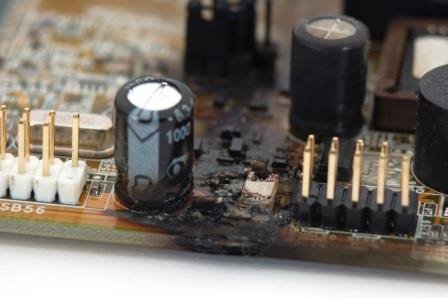 Figure 1 Damage to IC Due to over Voltage and over Current Events.
Figure 1 Damage to IC Due to over Voltage and over Current Events.Where Can This Happen in Your Server?
Many servers are designed to be highly configurable – comprising modules that you can swap in and out as needed including fans, storage devices (HDD and SSDs), and power supply units (PSUs) as shown in Figure 2. You must carefully consider protection near these modules against hot swap events.
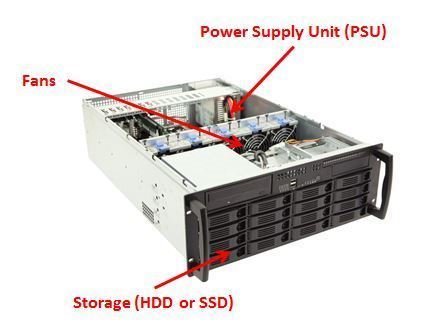 Figure 2 Server Components Including Storage, Fans, and PSUs Are Commonly Hot Swapped.
Figure 2 Server Components Including Storage, Fans, and PSUs Are Commonly Hot Swapped.Typically, you can place protection against hot swapping events on either the module or the host system as shown in Figure 3. Due to the highly configurable nature of servers, the host system or backplane vendor is often different from the module vendors. This makes it difficult to know where protection already exists, but if you are designing a module or backplane, it never hurts to have redundant protection against surges in your server.
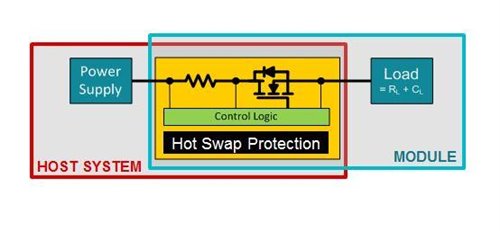 Figure 3 You Can Place Hot Swap Protection on Both the Host System and Module
Figure 3 You Can Place Hot Swap Protection on Both the Host System and ModuleHow Can You Protect against Hot Swap Events in Your Server?
There are many options to protect against hot swap events in a server. Let’s take a look at a few common solutions.
Fuses and polyfuses can serve as low-cost solutions – but a large footprint (shown in Figure 4), degraded performance, and increased maintenance costs can outweigh this benefit over time.
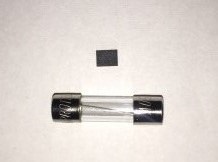 Figure 4 Comparison of Fuse to TI TPS25942 eFuse
Figure 4 Comparison of Fuse to TI TPS25942 eFuseHot swap controllers are another common solution. These devices provide control logic to an external FET and sense resistor that enable design flexibility specifically when setting RDSON and upper current limits. However, for many space-constrained server applications, an eFuse can provide the necessary protection and save precious board space by integrating the external components.
In addition to integration, eFuses add protection features critical for servers. For example, TI’s TPS25942 eFuse offers common protection features required for a hot swap event including adjustable current limit, over voltage protection, and thermal shutdown, as well as general system protection such as programmable soft start, under-voltage protection, and reverse current blocking. Should a hot swap event occur, the TPS25942 recovery options include latched and auto retry versions.
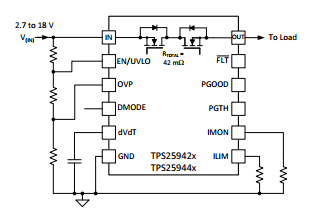 Figure 5 TPS25942 Simplified Schematic.
Figure 5 TPS25942 Simplified Schematic.Along with its protection features, the TPS25942 also offers system status monitoring by providing outputs to the system for power good, fault, and current monitoring. With all these features packed in a 3mm x 4mm QFN, it’s easy to see why an eFuse is the right choice for hot swap protection in your server!
So the next time you swap out your fan or install the latest in memory technology – and your super sweet server doesn’t erupt into flames – just remember that it’s all thanks to hot swap protection. Don’t forget to include an eFuse for hot swap protection in your next server design!
Learn More about Designing with eFuses:
- See how traditional fuses and polyfuses compare to modern TI eFuses, check out: “Get out of the dark: Upgrade your fuse!”
- For more information on eFuse integration, read “How to integrate your hot swap with an eFuse”
- To learn more about eFuse fault recovery, read this three-part blog series: “eFuses: clamping and cutoff and auto retry, oh my!”